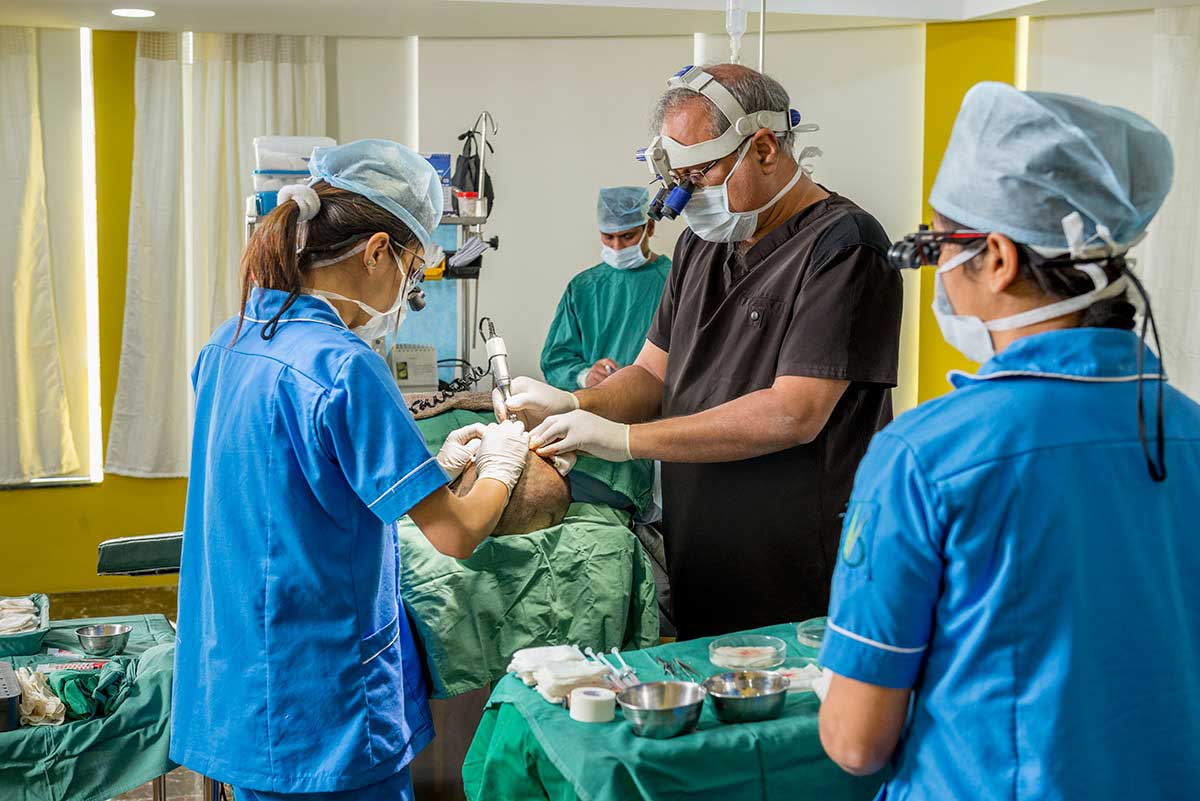When Can You Have Sex After a Hair Transplant? Aftercare, Exercise & What to Avoid – Dr Bhatti Explains
Welcome to a comprehensive aftercare guide following hair transplant surgery, where we address the most frequently asked patient concerns—including when to resume sexual activity, exercise, and key postoperative precautions. This video is designed to inform with scientific rigour while adding a dollop of levity—after all, “a stitch in time saves nine,” even in the realm of follicular grafting.
Introduction
Embarking on the journey of hair restoration is both exciting and requires patience. As Dr Bhatti often reiterates, “Ethics trumps expediency—but let’s not lose the forest for a single hair.” This guide illuminates scientifically grounded timelines and practices—because haste makes waste when fragile grafts are involved. We dissect when intimacy, workouts, and other daily activities can safely resume.
1. Sex After Hair Transplant: When and Why to Wait
Empirical data and clinical consensus converge on this paramount point: sexual activity should be deferred for at least 5-7 days, and in some cases, up to two weeks for optimal graft adherence and healing.
Risk of dislodged grafts: Early grafts are precariously anchored; mechanical friction or pressure from sexual activity can dislodge them. Scientific prudence calls for restraint.
Elevated blood pressure and heart rate during intercourse can lead to bleeding or impaired healing.
Sweating and moisture increase infection risk and soften scabs, undermining graft stability.
A cautionary anecdote underscores the gravity: a young man ignored post‑op guidelines and resumed sexual activity the day after surgery—subsequently waking with extreme swelling, tight scalp, and immense discomfort. He learned the lesson “with his head blown up like a balloon”—a vivid reminder that “if you pay peanuts, you get monkeys” when aftercare is short‑changed.
2. Masturbation and Intimate Activity: Is It Safer?
While masturbation is less physically demanding, it still elevates heart rate and blood pressure. Most surgeons recommend treating this—like partnered intimacy—with similar caution for the first 7 days. Light solo activity after that window may be acceptable, but always proceed with diligence and physician clearance.
3. Exercise & Physical Activity: What to Avoid and When
Recovery isn’t just about the scalp—it extends to your whole body. Here’s a clinical roadmap:
Days 1–3: Avoid all strenuous activity. Light desk work may resume, but avoid commuting and exertion. Do not bend forwards.
Days 7–14: Begin light cardio only; refrain from strength training, contact sports, and sweating environments.
After two weeks: You can resume light weight training. Most non‑contact activities may be resumed—still avoiding high‑impact, heat‑inducing or sweaty workouts.
6 weeks onward: Generally safe to return to full workouts, including swimming and gym-related routines.
If temptation arises to “get back in the saddle” too soon—remember, “haste makes waste,” especially when it comes to wound healing and recovery after hair transplant.
4. Other Key Aftercare Guidelines
To optimise outcomes, consider these additional evidence‑based precautions:
Crust care: Scabs typically soften and fall within 10-14 days with gentle shampooing.
Sun, hats, and helmets: Avoid sun exposure for at least 3 weeks; hats and helmets may be deferred for up to a month.
Alcohol and smoking: Alcohol should be off the table for at least one week, ideally two; smoking avoidance begins immediately and ideally for a longer duration.
Other limitations: Wait one month for haircuts, 2‑3 months before styling products (sprays, fibres), and avoid scratching or massaging until grafts are secure—generally day 10 or later.
Follow your surgeon’s timeline: Each patient’s physiology is unique. Erring on the side of caution enables better long-term outcomes—remember, time is a surgeon’s friend.
5. Insight & Final Thoughts
As a surgeon who prioritises ethics over expediency, I maintain that “slow and steady wins the race,” especially in the realm of surgical hair restoration. Impatience may compromise results—not worth penny-pinching when the investment is your restoration.
If patients ask, “When can I get back to normal life?”—my answer: “When grafts are secure, scabs are gone, and the scalp sings in harmony with gentle care.” In plain terms: wait at least 5-7 days before sexual activity, delay strenuous exercise for 2–4 weeks, and continue all aftercare protocols diligently.
Let your healing be “a marathon, not a sprint.” That mantra fosters success—and peace of mind.
Thank you for watching. If you’ve found this guide helpful, consider subscribing and sharing to support responsible post-transplant recovery—because “hair today, great tomorrow” only if healing is handled with care.



